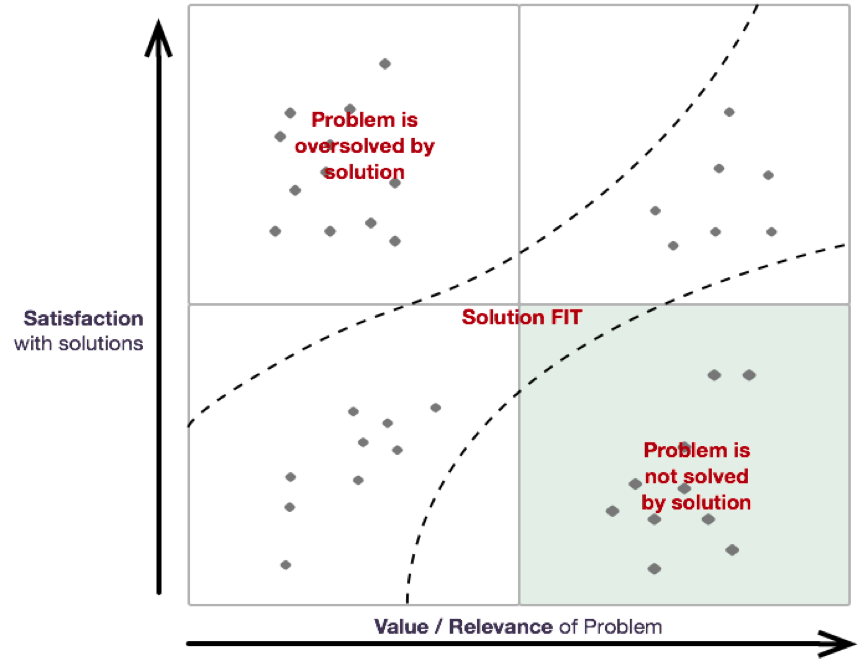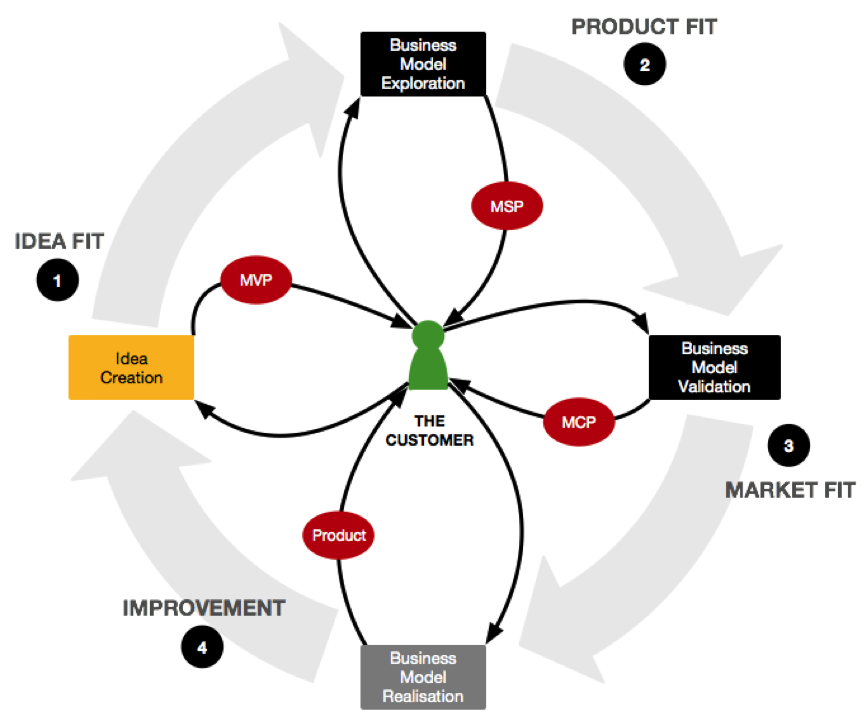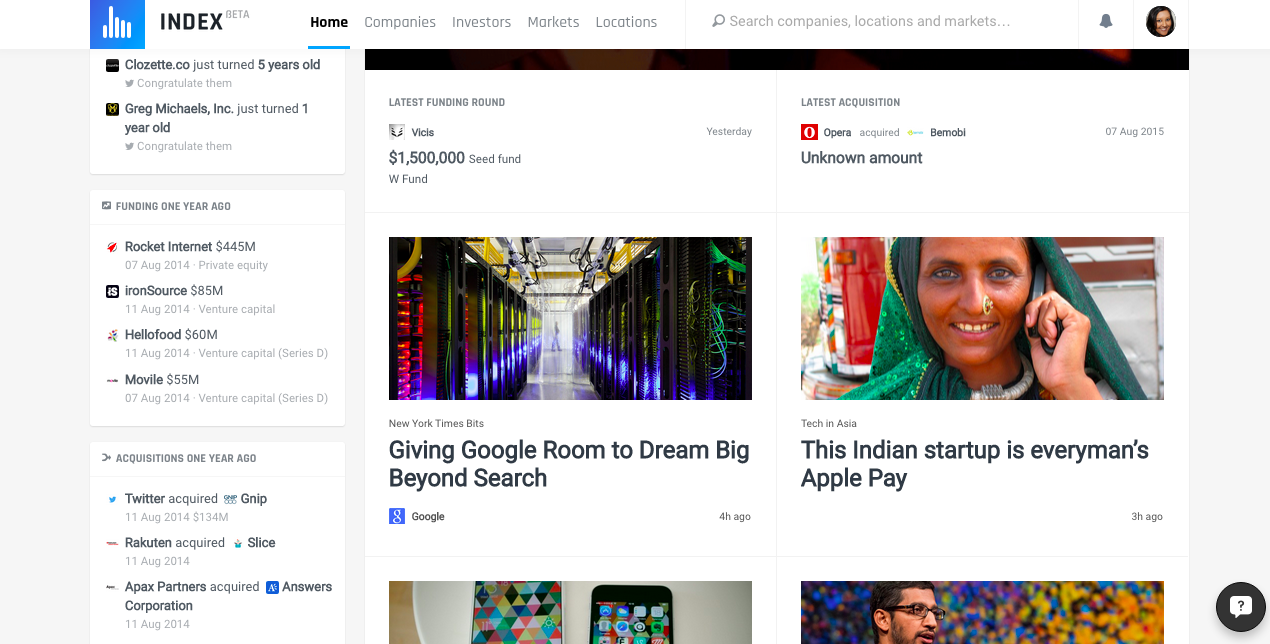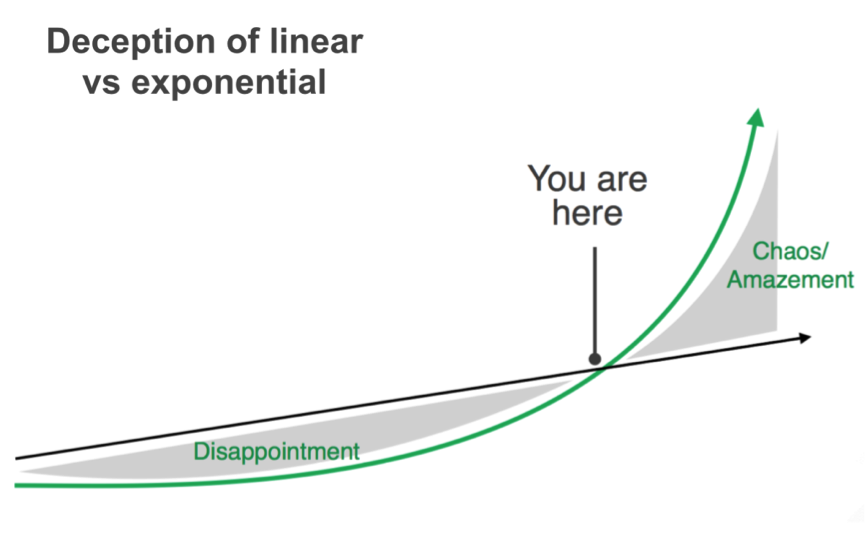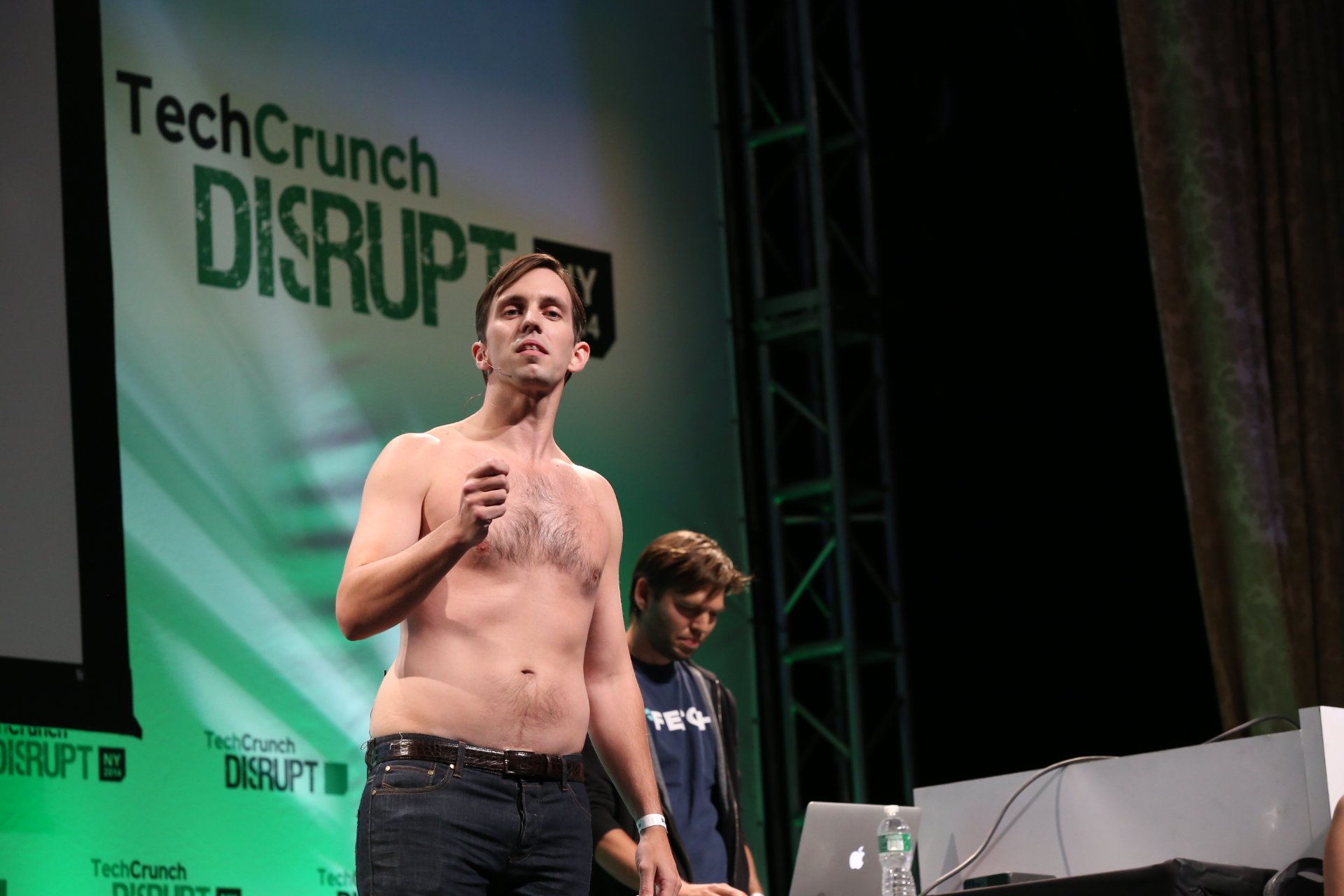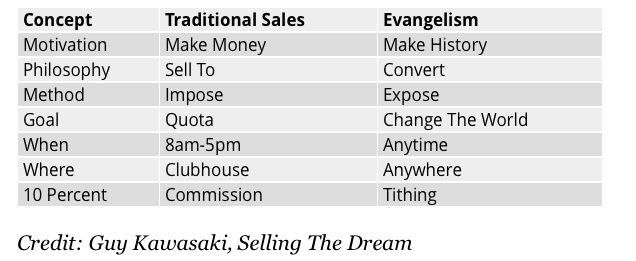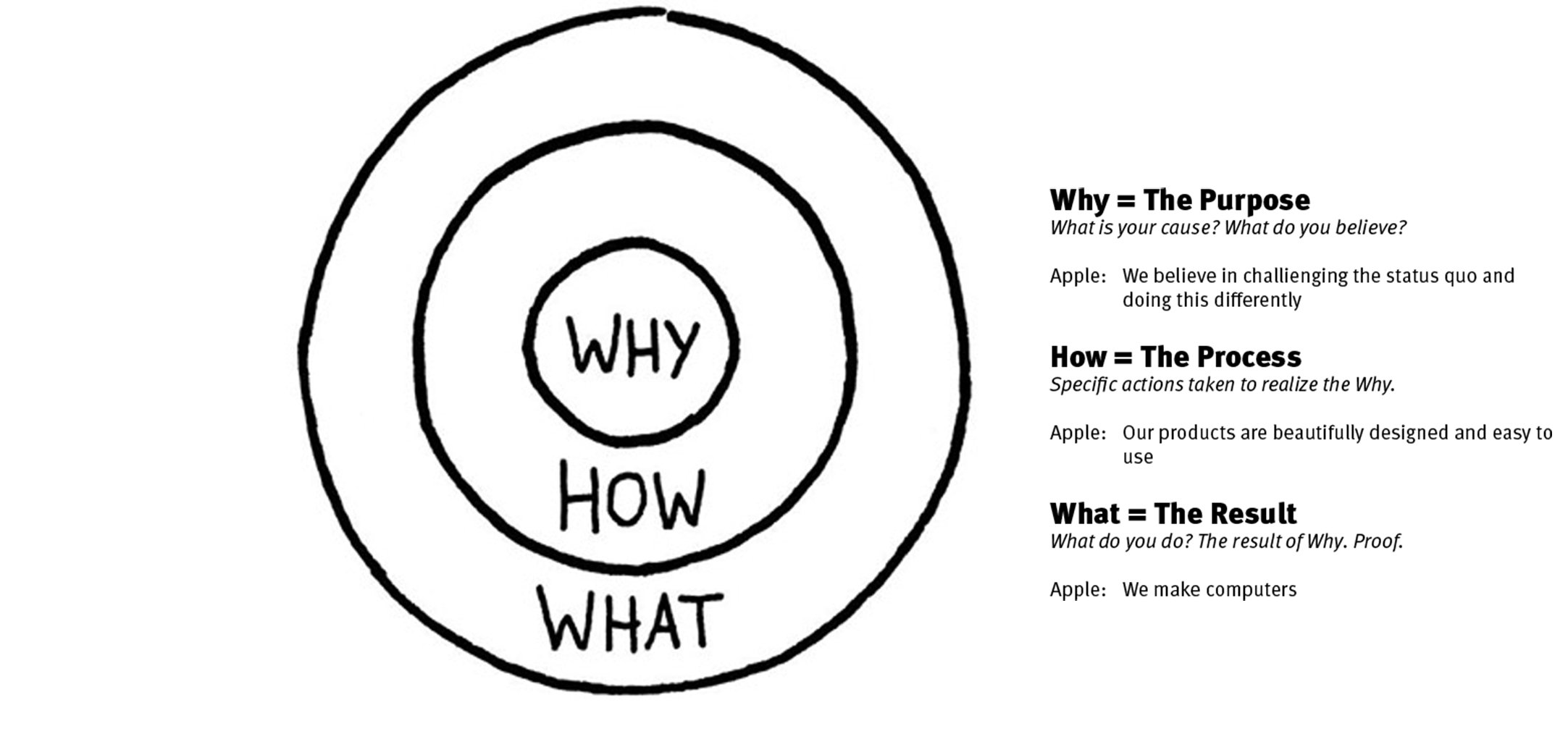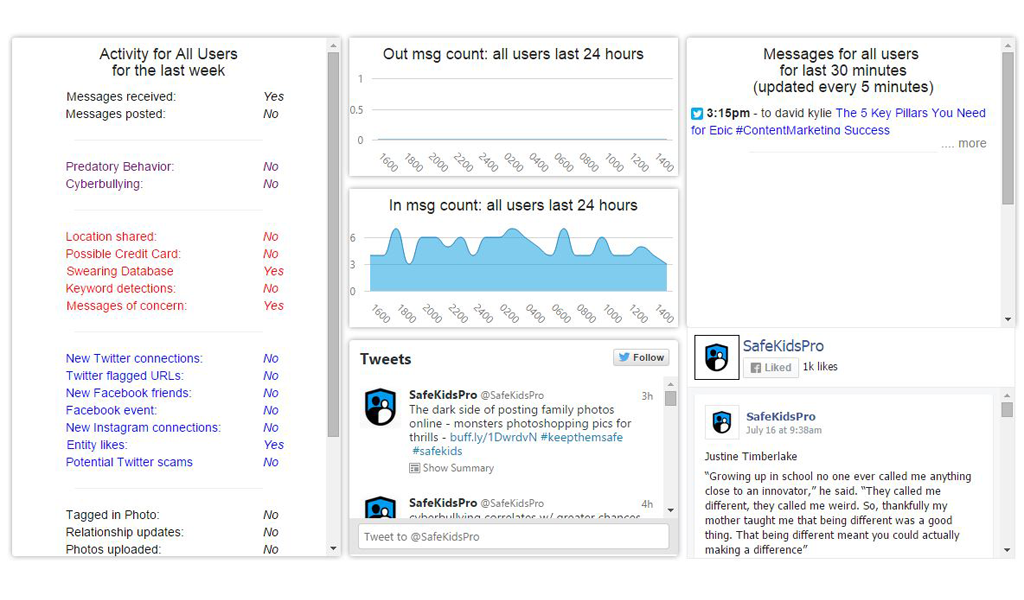
A piece of wisdom that nearly all financial advisors relay onto their clients is “small change, over time, can add up to big savings.” Millennials seem to embrace this philosophy more than other generations according to a study by UBS. Some old-fashioned folks still use piggy banks or coin jars to store loose change and keep our wallets light. But over the years, what they end up with is a heavy collection of 5-cent, 10-cent and 20-cent coins that sit quietly on shelves gathering dust or in drawers beneath a pile of other items. The rest of us have probably ditched the piggy bank and are harnessing the power of mobile apps to manage our expenses. But 50 cents here and there rarely make it into our investment plans. This is where Acorns comes in.
A UBS study published in January 2014, called Gen Y the “most fiscally conservative generation since the Great Depression.”
“Millennials seem to be permanently-scarred by the 2008 financial crisis,” said Emily Pachuta, Head of Investor Insights, UBS Wealth Management Americas, in the report.
"They have a Depression Era mindset largely because they experienced market volatility and job security issues very early in their careers, or watched their parents experience them, and it has had a significant impact on their attitudes and behaviors."
Millennials hold the bulk of their assets in cash and prefer saving over investing. Acorns Grow, a FinTech startup founded by father and son team Jeff and Walter Cruttenden in Newport Beach, California, wants to change the attitudes of the current generation, transforming them from post-recession conservatives to savvy risk-taking investors. In some ways, the Acorns app is the smartphone equivalent of the piggy bank. But there’s an additional element. It allows people to round up their daily purchases and automatically invest their virtual spare change into a diversified portfolio of index funds.
This is how it works: after providing their name, DOB and address, users link the mobile app to their bank account and/or credit card; they then choose their investment portfolio (from low-risk to aggressive), and select how they would like to deposit. As users make purchases they can invest the virtual spare change by rounding up transactions to the nearest dollar. For example, if they purchase a t-shirt that costs $29.50, this can be rounded up to $30 with 50 cents going into the investment portfolio. Or, if preferred, the user can set up recurring deposits.
[caption id="attachment_41123" align="alignnone" width="1548"] Acorns App - Round-ups[/caption]
Acorns App - Round-ups[/caption]
Although Acorns Grow Inc. was founded nearly two years ago, the app was launched in the US in August 2014. The startup has since raised US$32 million to date, the most recent raise being a Series C round of US$23 million from Greycroft Ventures and e.Ventures, Sound Ventures, Garland Capital, and MATH Venture Partners.
A month after the close of the round, the startup is now making its way into Australia. Yesterday it was announced that Sydney based investment firm Instreet Investments has entered into a 50/50 joint venture with Acorns Grow. Australia is the first country outside of North America to secure a partnership to co-develop and launch a localised version of Acorns, which already has a 750,000-strong subscriber base.
Commenting on the Australian expansion, co-founder and CEO Jeff Cruttenden said, “Acorns has always wanted to take the app to international markets and do so with a company that has strong local knowledge in the financial services sector. We were introduced to Instreet and quickly realised they shared our vision of solving the worldwide savings and investment problem, through simple technology.”
The Australian operation is being led by George Lucas and Tony Fay. Since establishing the joint venture in March, the company has hired a dedicated Chief Operating Officer, Brendan Malone, former CAO for RBS’ APAC investment banking presence, and will invest in further talent in the coming months, including marketers, programmers and customer service staff.
In a short period of time, Lucas believes Acorns has “revolutionised how people perceive investing in shares, making it simple and making it appealing to those either new to investing or those who don’t want to deal with a broker or financial advisor.”
He told Startup Daily that saving and investing is on many people’s ‘to do’ list, but “slips by the wayside as it takes time and discipline.”
“The beauty of Acorns is that it is a simple way to invest as it links spending, which comes easily to most of us, to saving. By linking the app to a bank account and/or credit card, users can develop their investment portfolio with minimal effort every time they make a purchase,” Lucas added.
The reason why Acorns is so ‘disruptive’ is because it offers a completely new approach to investing that appeals to younger generations, without being an either/or proposition.
“Acorns is a disruptor within the financial services sector and this will be no different in Australia, where smartphone penetration is high and where there is room for a micro investing platform like Acorns. Dubbed the new millennial savings and investing strategy, Acorns provides a unique, low entry-point for anyone to get started saving and investing,” said Jeff.
“[Acorns] complements current investment and saving strategies that people use, such as share trading, saving and superannuation.”
For the uninitiated, an index groups together the largest companies and tracks their movement in the overall market. Most index funds identify an existing well-known index that is usually maintained by a third party - like the ASX Top 50 - then build a fund that either owns every asset in the index or achieves the same end by holding similar securities. An index fund aims to replicate the performance of a given index of stocks or some other form of investment. When investors purchase shares of an index fund, they are purchasing shares of a portfolio that contains the securities in an underlying index. This is a form of passive investing.
Performance of an index fund, however, does not usually match the actual index's performance. This is because index funds charge management fees, which decreases returns. Also, the fund's weighting in particular securities may not match the weighting of the securities in the actual index.
Lucas explained that there are two traditional ways to buy index funds. The first is buying from a fund manager. But this requires an account minimum of around $10,000. The second option is to buy an Exchange-Traded Fund (EFT) on the market. This requires setting up a broking account and also incurs broking fees, which eats into returns.
The benefits of using Acorns are that there are no account minimums and no commissions charged on trades. For the first AU$5,000 in an account, the flat annual fee is $15, and users can add or withdraw money without incurring extra costs. For savings beyond $5,000, a fee of 0.275 percent (for $6,000, that would be $16.50) will be charged.
With Acorns, users have access to diverse investment portfolios created in consultation with Nobel Laureate economist, Dr. Harry Markowitz. Dr. Markowitz is the father of modern portfolio theory, which is now the basis of what many fund managers use globally. The investment portfolios consist of Australian listed exchange traded funds covering Australian, International and Fixed Income markets.
Lucas believes Australians aged between 25 and 35 will be early adopters, though insisted that the app can be used by everyone, depending on their aspirations and goals, “from young families using it to build a nest egg for the future, to people in their twenties looking to fund an overseas trip, or grandparents using it to create a savings fund for their grandchildren.”
“We strongly believe Acorns will be a game changer in Australia. The Australian financial services market is focused on superannuation and advice around superannuation, whereas Acorns is concerned with investing outside superannuation for small and large investors,” said Lucas.
“It is fast becoming an educational tool for younger or new savers and is an easy way to start building wealth.”
The Australian version of Acorns is currently in its beta phase, and will be available to download via iTunes and Google Play early 2016.
Featured image: Acorns co-founders father and son team Jeff and Walter Cruttenden.


